For me, the main reason for choosing Symcon was the good support for our LCN Issendorf building automation system. With OpenHAB, the topic is treated very neglected because the distribution is also not very high – at least in the private sector. I looked at and tested the other systems purely out of interest.
The overall concept of Symcon is very coherent, it supports all the important components, systems and protocols and was great for me as a PHP developer, as it made it very easy for me to write my own scripts and functions.
What bothers me about it are the dashboards, which are not really sexy and sometimes quite unwieldy. The display of diagrams is also not particularly practical or attractive and these are very important to me, as I was able to optimise our entire heating system by 30% with these evaluations.
Since a lot of configuration work and brainpower has already gone into Symcon and I was basically satisfied with it, I haven’t considered switching so far. So far ..
Home Assistant and Unraid
It all started with my switch to Unraid for my smart home server/NAS(details HERE). With Unraid’s Docker integration, I was able to quickly take a look at Home Assistant without having to get a Raspi ready to go, as Home Assistant Core can be found as a ready-to-use application in the Unraid Community Apps.
I had already taken a closer look at Home Assistant ( HA for short) in 2016 when we decided to buy our house. However, as the project was only 3 years old at the time, didn’t offer LCN support and didn’t make a complete impression, I discarded it as a smart home solution for our house.
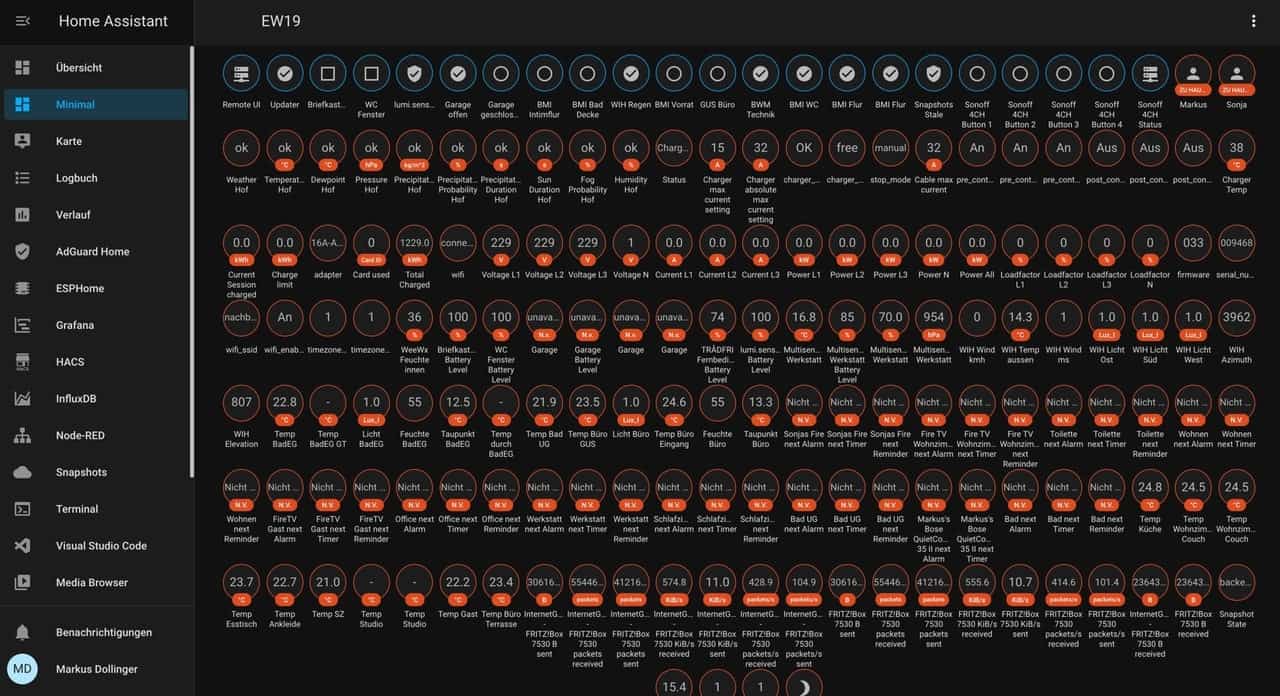
in 2020, my impression of Home Assistant was completely different: smart, highly configurable dashboards, great displays and elements and fast operation. What was even more interesting, however, was that Home Assistant automatically searched for known devices and systems via Autodiscover at startup and ZigBee (via the Conbee stick), TVs, Fritzbox and much more were already integrated and ready to use.
With the Home Assistant smartphone app, even my Samsung with battery status, location(geofencing out of the box), storage space, Bluetooth connections etc. was immediately part of the smart home system. Visualisation is already possible in the basic system.
Home Assistant and Hass.io
The Docker image of Home Assistant for Unraid consists of the Home Assistant Core, which I used for my initial tests. However, there is also Hass.io, which is a complete operating system with all the necessary requirements for Home Assistant. However, it also comes with one-click updates, backup, a community store for extensions and lots of other benefits.
Hass.io can be up and running as a complete image on a Raspberry Pi within minutes, although no Raspberry Pi 4 is currently supported. Hass.io also runs on a PC, QNAP and Synology NAS systems, an Intel NUC or – as in my case – as a virtual machine in Unraid.
There is a subscription for Hass.io for $5 per month, which makes remote access and the use of Amazon Alexa extremely easy. It also supports the further development of Home Assistant. Basically, you don’t need it, but you have to put a little more effort into configuring Alexa.
Configuration, YAML, VS Code and Node-Red
HA is configured using YAML, a markup language that also includes JSON. In configuration.yaml, you create all the sensors, switches, lights, connections etc. that are to be available in HA.
This is a little unfamiliar at first and you have to understand the syntax with its indentations. In Hass.io, however, Microsoft’s VS code can be integrated and used directly in HA. Using the Home Assistant extension for VS Code, the configuration files can be conveniently edited with corresponding error messages etc.
In fact, quite complex automations can also be realised using very simple YAML constructs. Entities, i.e. a measured value from a sensor, a switch or a lamp, can simply be combined into groups, which can then be switched and controlled together. With the current versions of Hass.io, however, more and more can be configured via the user interface without YAML.
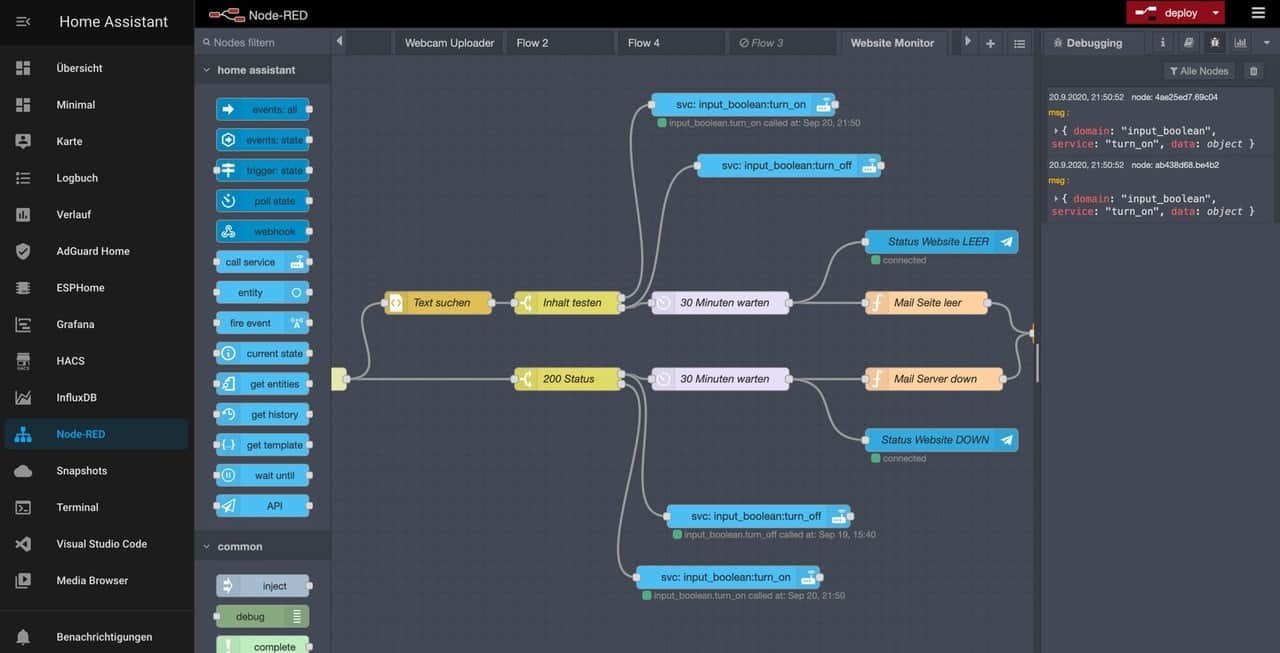
I was completely amazed when I saw the integration of Node-Red in Home Assistant. Thanks to the special Home Assistant nodes, Home Assistant and Node-Red form a single unit and you can also use Node-Red for automations, etc. Many HA users rely entirely on Node-Red for their configurations, as it provides a visual representation of an automation.
If that’s not enough, you can use the AppDaemon Python extension to run programmes for automation and thus manage even the most complex tasks.
Lovelace – the home assistant front end
The HA frontend was converted to Lovelace at the beginning of 2019. Previously, the frontend organised itself according to an algorithm and could only be adapted using YAML. With Lovelace, you can now customise your frontend as you wish.
With 24 cards, a wide variety of functions and sensors can be displayed clearly and attractively. For example, individual switches can be combined to form a group, which then also has a central switch that affects all elements in the group. The look and feel of the cards can be customised. You can install countless other cards and themes via the community store. The number of frontends is unlimited and in future it should also be possible to automate them. You could then display a customised dashboard depending on the time of day or the people present.
The minimal view, in which all new entities are automatically listed and can be operated, is particularly helpful when integrating new devices and sensors.
Visually, the HA front end makes a very clean, modern and attractive impression. This also includes the stylish media player.
A visualisation of the smart home is a basic component of the frontend and can be implemented very flexibly.
Home Assistant smartphone app
The smartphone app for Android and iOS also has a lot to offer and is being developed just as quickly as HA itself. Geofencing, person recognition and smartphone data such as location, battery status or alarm settings are already included and the app can receive push messages from HA.
The integration of NFC tags is very new. These small stickers can be read with an NFC-enabled smartphone and conveniently assigned to corresponding functions in HA. For example, you could place your smartphone on a corresponding tag in the car and use it to open or close the garage door – of course only if you are also in the geofencing area.
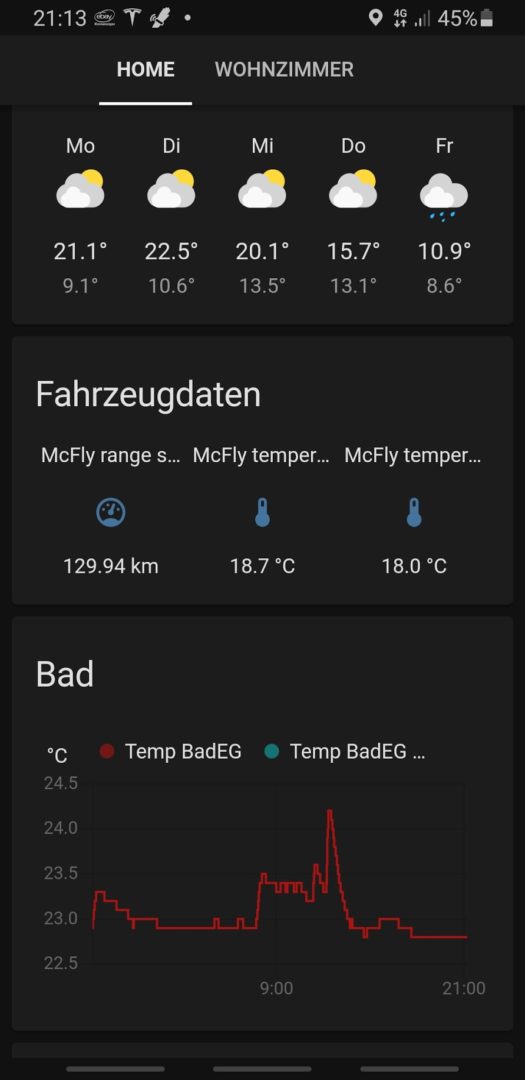
Together with the smartphone, an NFC tag on the wall can also be a light switch or access control. So you don’t need an NFC reader at the entrance, just the robust and inexpensive NFC tag – and the smartphone. The Home Assistant app also serves as a recorder for NFC tags. This function alone offers endless possibilities.
Home Assistant and LCN
A large part of my control system relies on LCN. Setting up my many LCN modules, relays and variables involved a bit of typing. Once all the outputs, motion detectors and sensors have been set up, LCN works perfectly with Home Assistant. Button commands can be used officially and HA also allows access to controllers, thresholds, LEDs and logic. Of course, the texts of the LCN-GT4 and LCN-GT12 displays can also be controlled from HA.
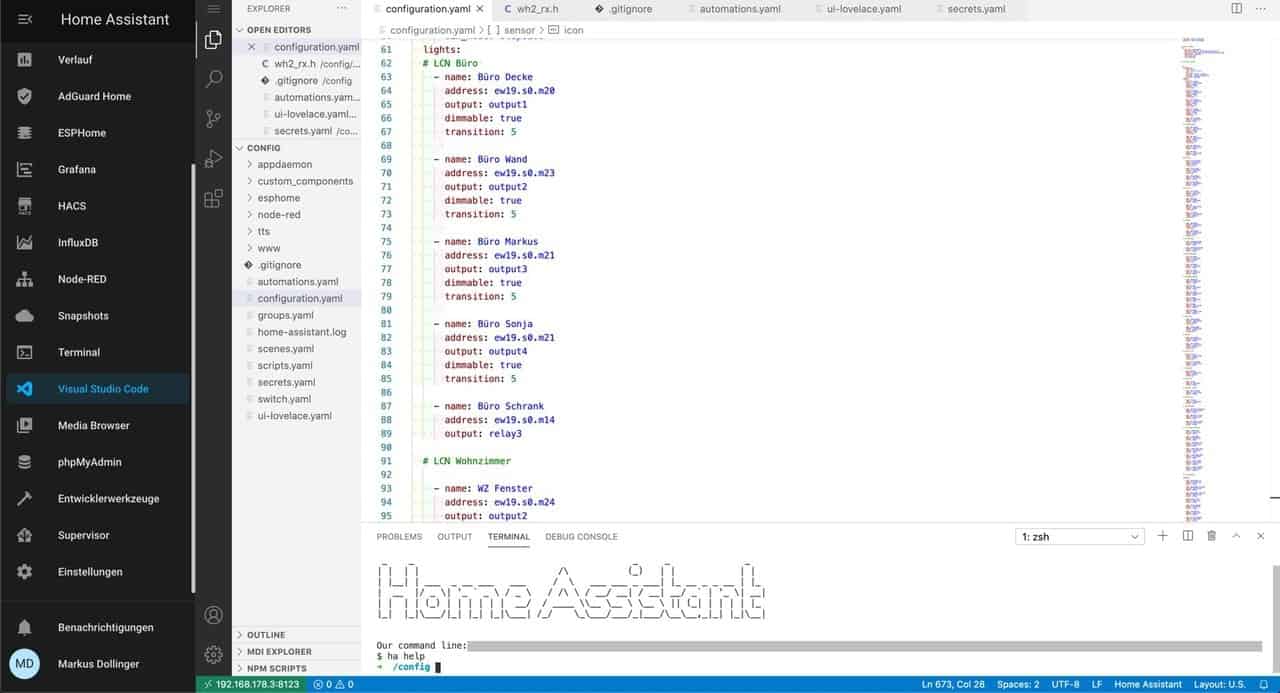
Ramp times for dimmable outputs can be preconfigured in the configuration of the outputs. This means that the lighting switches on and off smoothly without any additional configuration effort.
Home Assistant Add-On Store
Once you have installed Hass.io, you also have access to the Add-On Store. It contains well-known applications such as Grafana, InfluxDB, AdGuard, NGINX Reverse Proxy, Let’s Encrypt, Mosquitto MQTT Broker and many more. These applications can be installed and configured at the click of a mouse. Updates are also controlled from Hass.io. What’s more, the applications are perfectly integrated into Home Assistant and can be accessed from the configurable menu bar on the left.
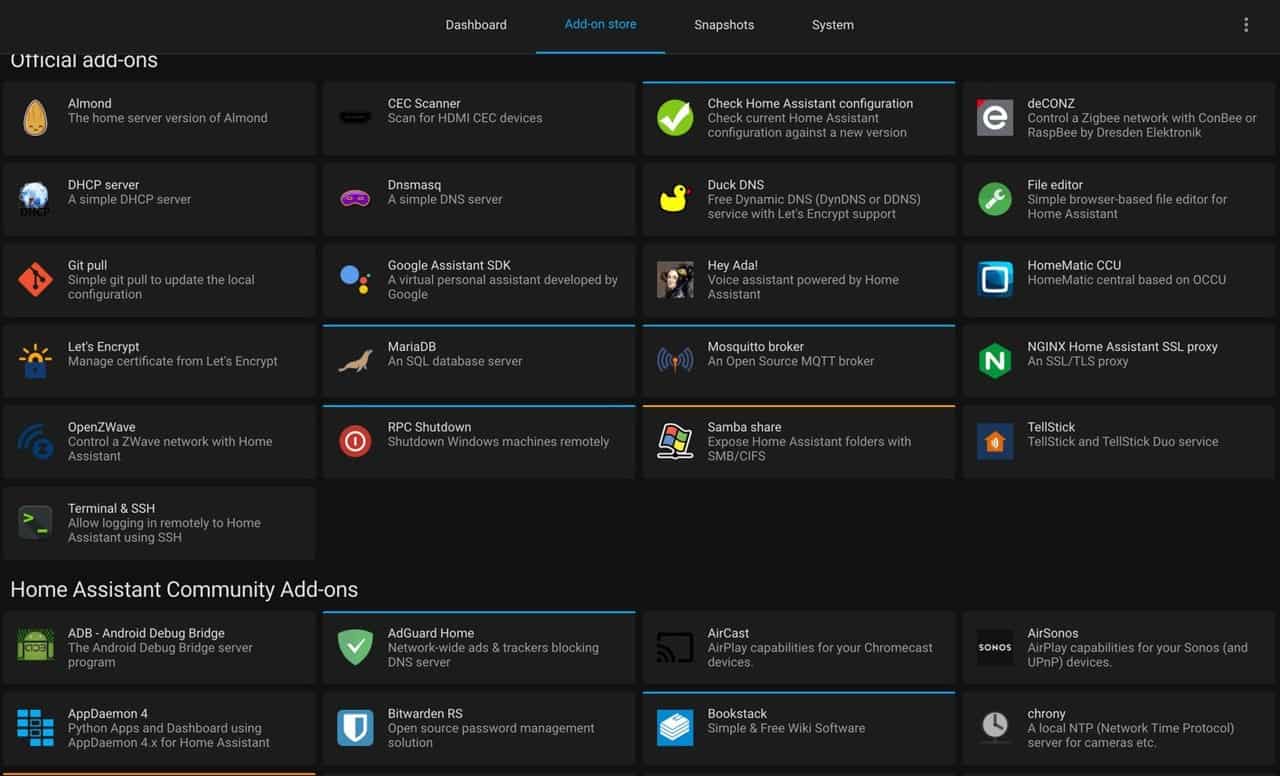
The integration of InfluxDB and Grafana in particular is child’s play and provides a powerful and very attractive solution for diagrams, status messages and other visualisations. HA can write all events to InfluxDB, but you can also define specific sensors or groups to be included or excluded.
The Add-On Store is joined by HACS – the Home Assistant Community Store. Here you will find hundreds of integrations, e.g. for Plex, OpenSprinkler, Bosch Indego lawn robots, but also additional cards (display elements) for the front end or ready-made automations as templates. In total, you can access over 1600 integrations and add-ons.
ESPHome – perfect integration for Sonoff, ESP8266 etc.
I like DIY sensors based on ESP8266 or ESP32. So far, I have relied on ESPeasy to integrate the Sonoff devices into Symcon. Home Assistant comes with its own platform, ESPHome, which is perfectly integrated into HA. ESPHome supports practically all known sensors and actuators and can be programmed and updated from the HA interface. This means that all ESPHome devices can be updated at the click of a mouse via the WLAN. New configurations are compiled in HA and transferred to the ESP device via OTA (Over the Air).
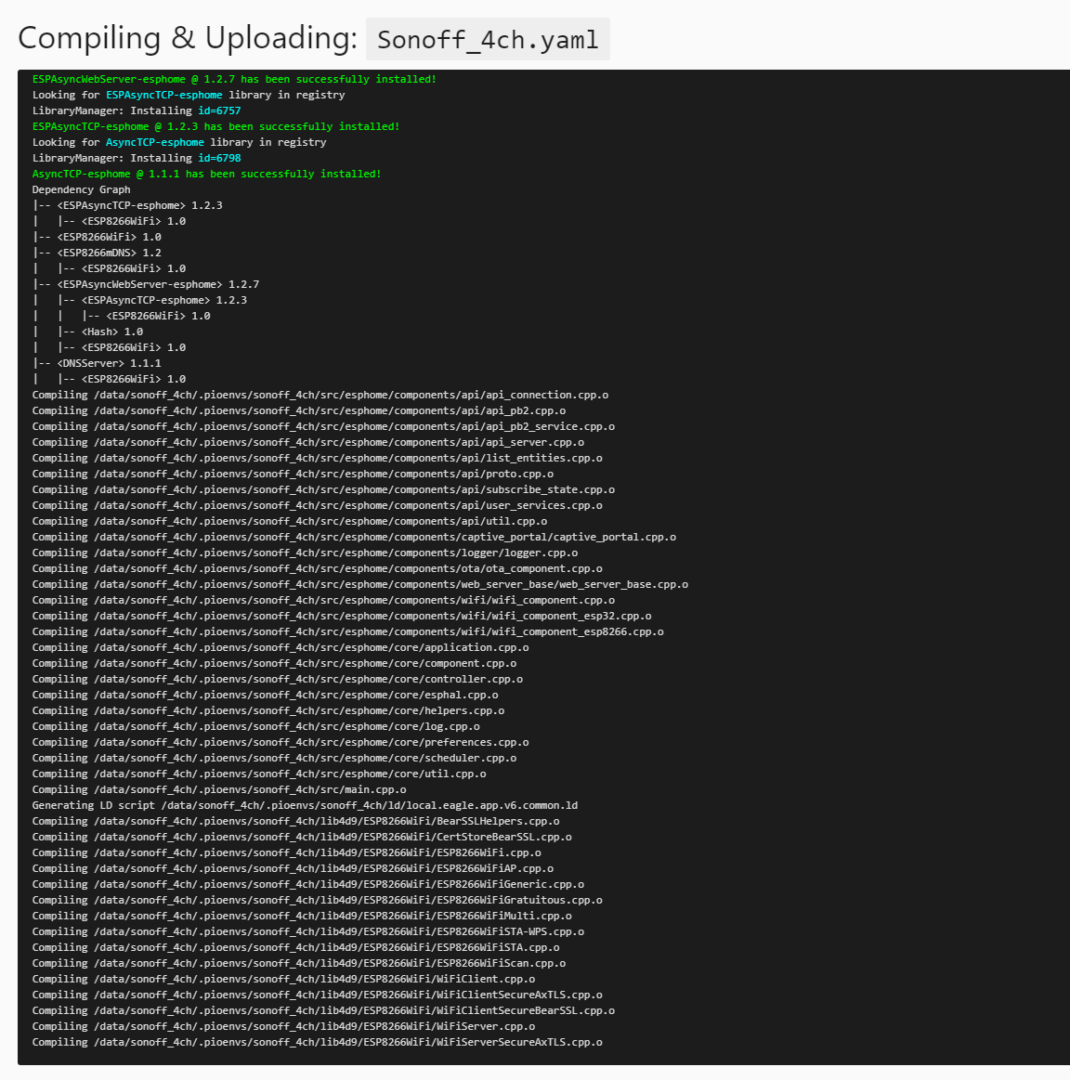
The ESPs are also programmed with YAML, but this is much easier than it sounds. One advantage of this is that you can quickly distribute a configuration to several devices.
What I particularly like about ESPHome is the ability to perform extensive calculations or automations directly in the module. This means that a module can also perform important control tasks independently of Home Assistant. My ESP8266 Wemos module with BME280 sensor (temperature, humidity, air pressure) also provides the absolute humidity, dew point and altitude-corrected air pressure.
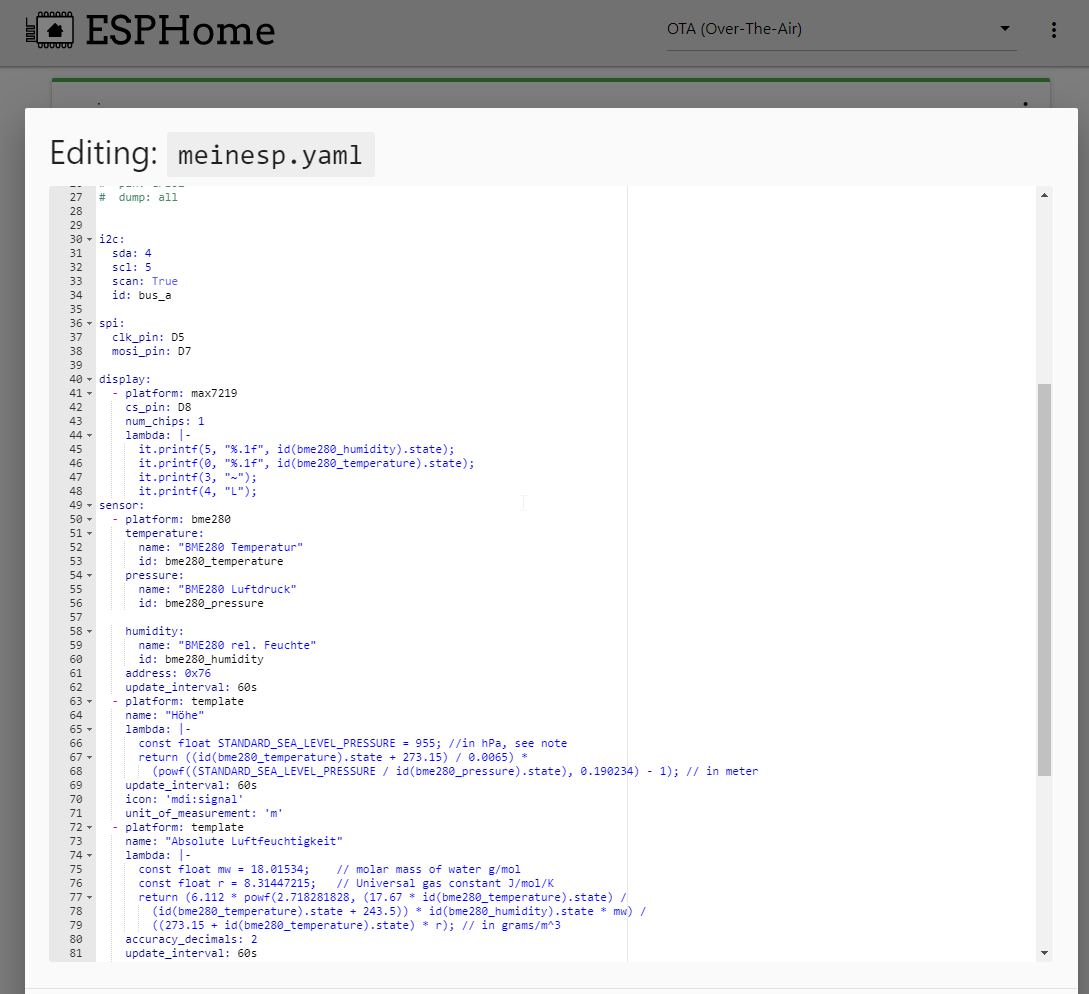
If you have previously relied on the alternative Tasmota firmware, Home Assistant also offers TasmoAdmin, a tool that allows you to edit and update all Tasmota/Sonoff devices centrally – or you can switch to ESPHome straight away.
The Home Assistant community
Home Assistant is one of the 10 largest open source projects on Github. 1900 core developers ensure the rapid further development of the system, with a new release practically every week. A further 63,000 developers provide extensions and customisations for other systems.
The Home Assistant community is huge, very active and helpful. In addition to its own forum, there is a sub-Reddit for HA and a Discord channel with 53,000 members.
The only disadvantage for some users could be that HA is spoken in English and the excellent documentation is also in English.
If English (with a slight Australian flavour) is not a problem, I can warmly recommend the Home Assistant podcast. Not only is it a very entertaining way to find out the latest news about Home Assistant, but also what other HA users have implemented, as each episode features a guest from the community. The podcast has been playing in my Tesla for days.
Conclusion
Home Assistant has more than convinced me. Home Assistant and Hass.io offer an unrivalled range of functions, combined with stability and well thought-out configuration and operation. The huge community and the many volunteer developers ensure an enormous pace of further development.
The direct integration of additional services and applications such as InfluxDB, MariaSQL, MotionEye (surveillance cameras), Grafana, Deconz (Conbee Stick) etc. make Home Assistant the best solution for demanding smart home owners. Integrated backup with snapshots, versioning of your own settings with Github and Hass.io as the underlying operating system protect against configuration errors and ensure problem-free operation.
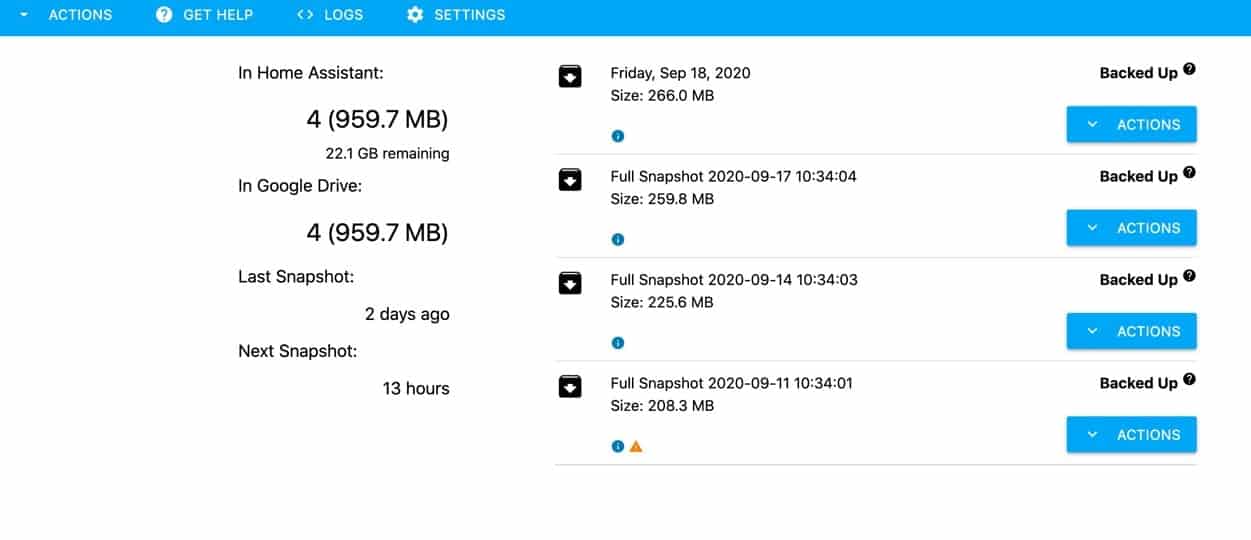
Of course, you first have to familiarise yourself with the system and understand the terminology and architecture. The community helps immensely here, with many users also making their configuration available on Github. Many automations can simply be copied and adapted to your own requirements. This means that you can very quickly get started with Home Assistant using these many practical examples.
I am currently in the process of transferring my existing Symcon configuration to Home Assistant. I have already rewritten my own PHP scripts or was able to fall back on ready-made solutions from HA. Symcon is a great smart home control centre. However, in larger expansion stages, it’s not that cheap and, as a closed-source application focussing on German-speaking users, it doesn’t have the options that the large home assistant community has. Ultimately, it was the overall package of a great front end, comprehensive integration of other systems such as Node-Red or DeConz and rapid further development that persuaded me to replace Symcon.
To pick up on the headline again: Yes, Home Assistant is the best smart home software for me and if development continues as fast as it has so far, other solutions will have a hard time in the future. Home Assistant has what it takes to define the standard in this area.
More information: https://www.home-assistant.io/

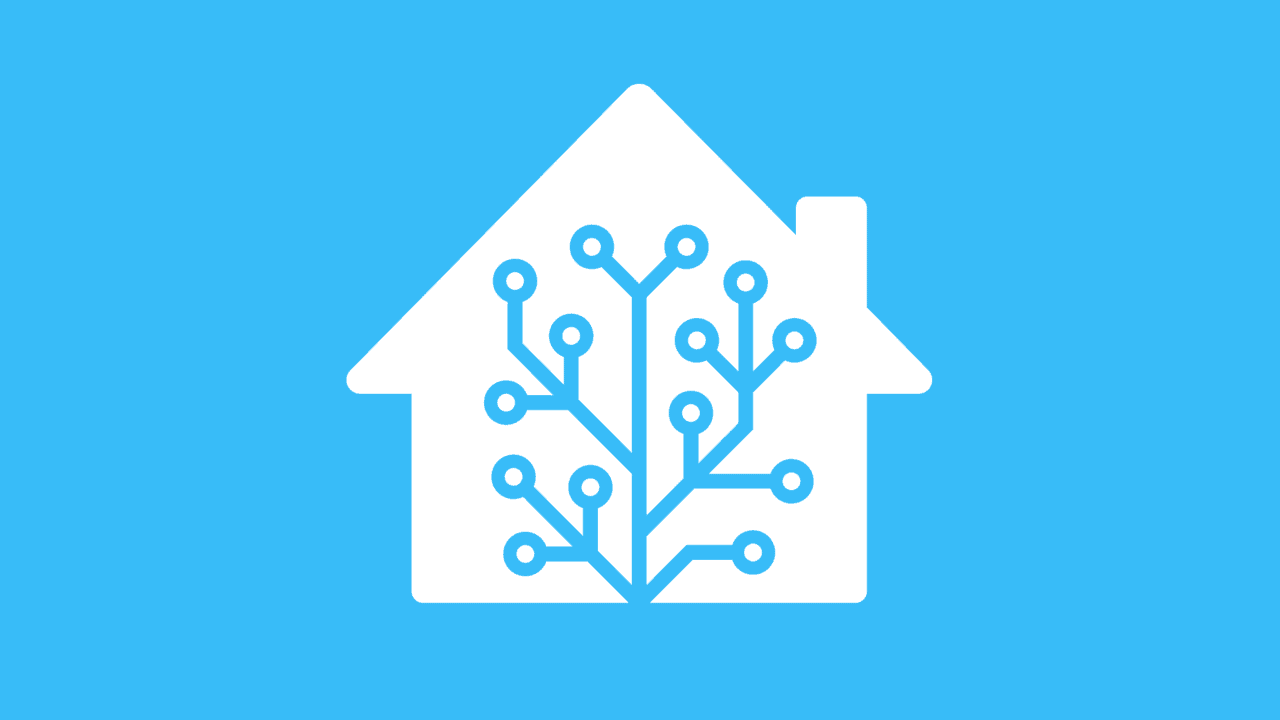
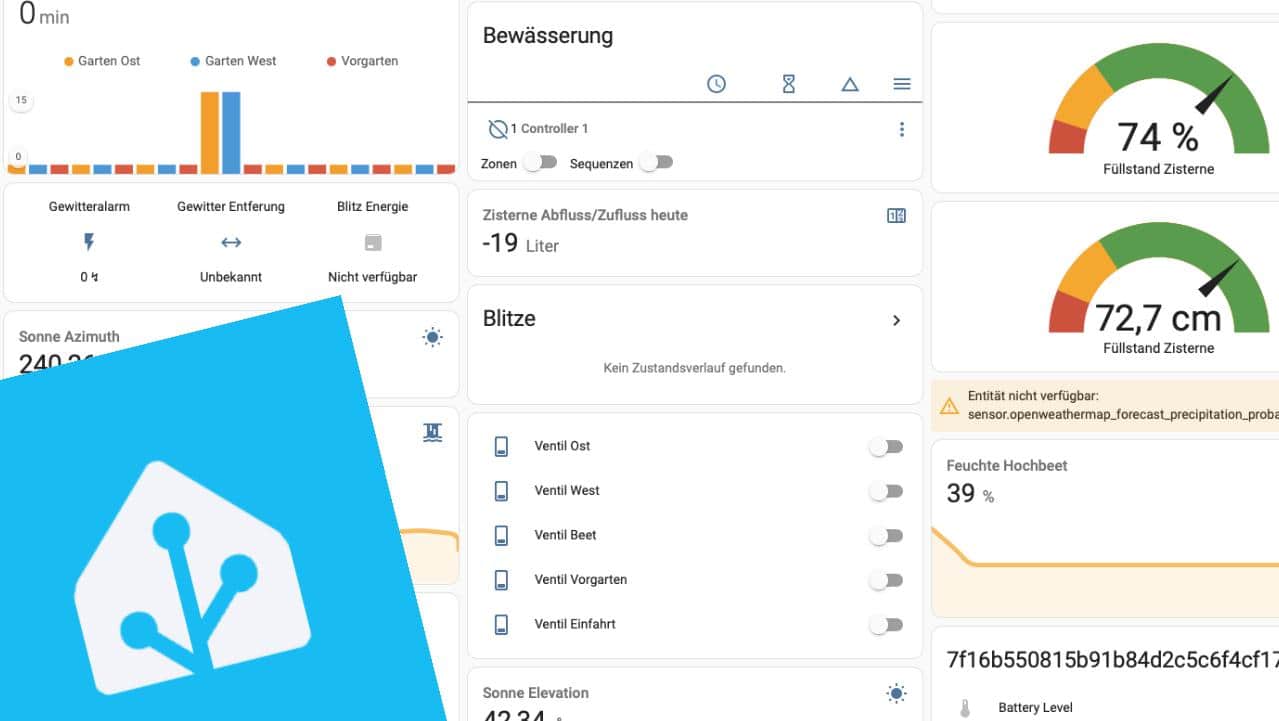
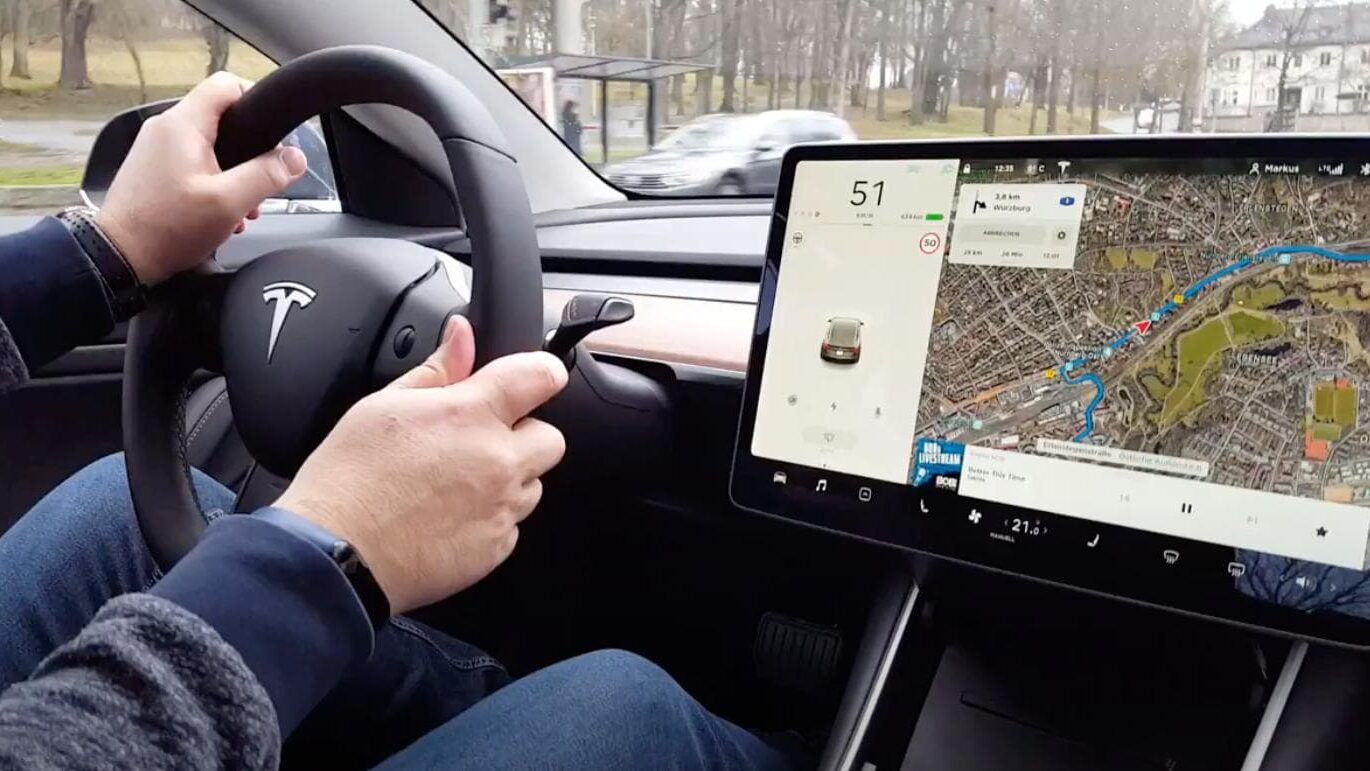
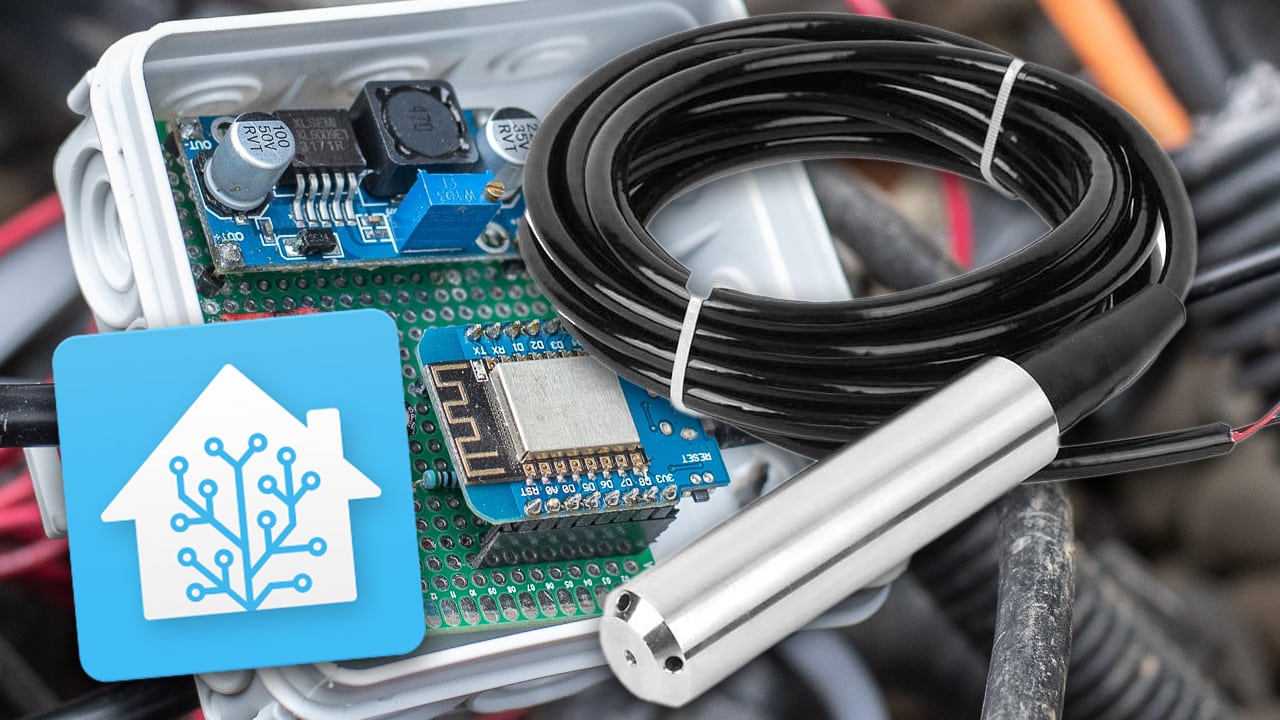
Leave a Reply